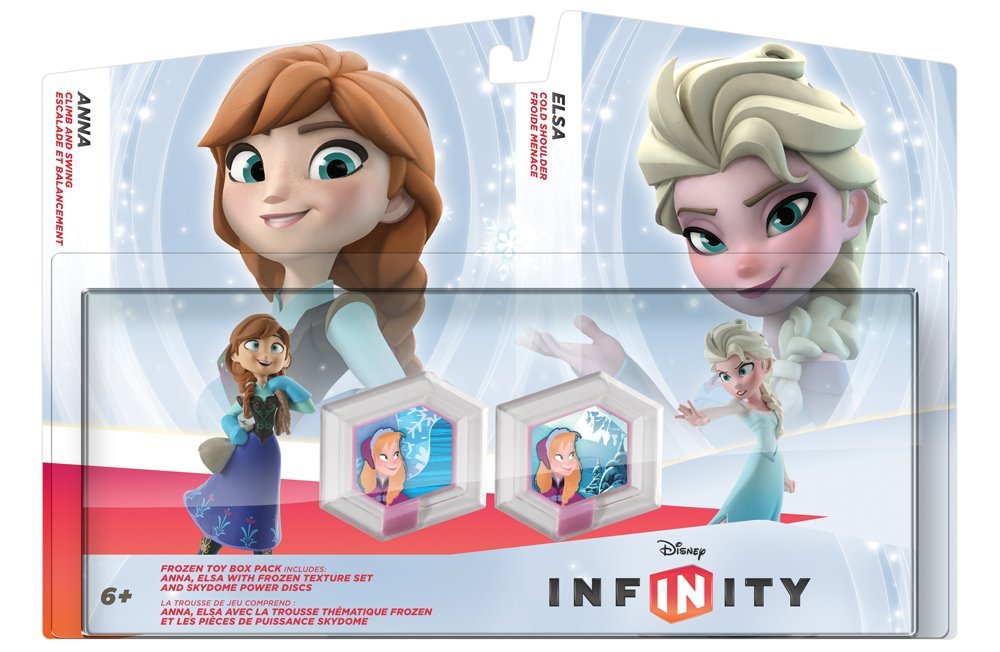
Designs for this version of Elsa resembled such figures as actress Bette Midler, and the late singer Amy Winehouse. Early concept art and visual development depicted the character-eventually named Elsa-as being a ruthless, bitter, cold-hearted tyrant who had an entire army of giant snowmen as henchmen. Ī common consensus was that Disney's iteration of the Snow Queen would be portrayed as a villain. One of these attempts almost went as far as to pair an aged-up Kai with the Snow Queen while vilifying Gerda. A common theme in adaptation attempts in the late 1990s and early 2000s was to reconfigure the story into a romantic comedy about the Snow Queen's ice-cold heart-melting as she learns to love. In the tale, the Snow Queen resides in an ice palace coated in permafrost and guarded by such animals as polar bears and porcupines.ĭisney's decades long efforts to adapt The Snow Queen generally shared a common thread of trying to find a way to expand on the role of the title character and make her a more active presence in the story. Kai's disappearance leads his childhood friend, Gerda, to embark on a quest to find him. The Queen promises to break the mirror's spell if Kai can spell “eternity” with pieces of ice in her palace. In Hans Christian Andersen's original story, the Snow Queen abducts a young boy named Kai, who had fallen victim to the machinations of an evil mirror. It is believed by historians that The Snow Queen was intended to be one of the project's animated sequences, but there is no evidence of creative work for the proposed feature. There were talks regarding a live-action biography on Hans Christian Andersen, which would have featured animated segments based on his works.

Walt Disney's adaptation of The Snow Queen was given a production number in 1939. Davis was enraptured by the tales of Hans Christian Andersen, and proposed they be adapted to animated shorts at the studio. Marc Davis, one of Disney's key animators, traveled to Scandinavia on Walt's orders to research the region's books and stories. DevelopmentĪn early concept of the Snow Queen by Harald Siepermann.Īfter the success of Snow White and the Seven Dwarfs in 1938, Walt Disney sought out new fairytales to serve as the basis for future productions.

She fears she's becoming a monster and that no one, not even her sister, can help her. Her mounting emotions trigger the magic, accidentally setting off an eternal winter that she can't stop. Haunted by the moment her magic nearly killed her younger sister Anna, Elsa has isolated herself, spending every waking minute trying to suppress her growing powers. It's a beautiful ability, but also extremely dangerous.

Through Anna's love, however, Elsa was able to control her powers and live peacefully amongst her people with a newfound self-confidence. Elsa's anxieties would eventually trigger a curse that plunged Arendelle into an eternal winter. Therefore, she isolated herself from the world as a means of protecting her family and kingdom.
Throughout most of her young life, Elsa feared that her powers were monstrous. Born with the power of ice and snow, Elsa is the firstborn daughter of King Agnarr and Queen Iduna, the older sister of Queen Anna, and the former queen of Arendelle. “ In Arendelle's fair kingdom, a ruler did appearīorn with a secret power so great, alone, she stayed in fearĪlthough the force was hidden, one day she let it goĪnd all the land was covered in eternal ice and snow” ― Frozen trailer's narrationĮlsa the Snow Queen is the deuteragonist of Disney's 2013 animated feature film Frozen and the protagonist of its 2019 sequel.


 0 kommentar(er)
0 kommentar(er)
